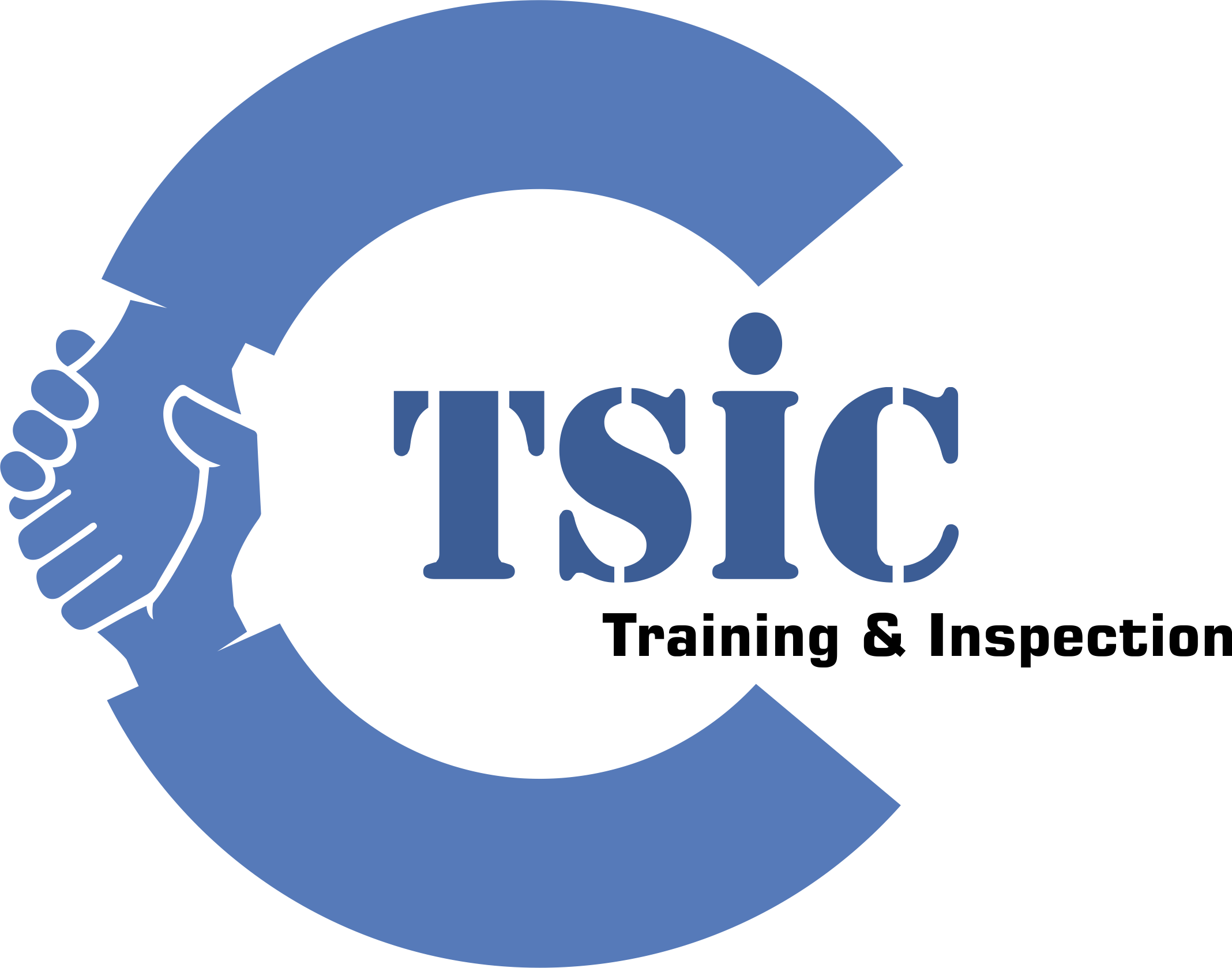And they have to strto makeking themselves obsolete; eventually all teams should be embracing DevOps and their team is no longer needed. But defining the correct organizational structure is a little more difficult than explaining the role and makeup of the team. There are a lot of different ways to position DevOps within the organization, and what works in one environment doesn’t always fit the needs or culture of another. Organizations must build the DevOps team structure necessary to evangelize and implement key DevOps practices. An innovative, people-first culture that champions communication and collaboration needs to be adopted by any DevOps team, and indeed the organisation in general. Rather than attempting to create a collaborative model, this method is extremely linear – you start with the developer to build out the practice, following which it is pushed out to the different functions.

As DevOps is started up as a pilot program, a DevOps team forms to learn the new tools and technologies and then begin implementation. Then they become their own silo, making sure the uneducated https://www.globalcloudteam.com/ masses don’t spoil their new utopia. The above is merely a representation of the type of KPIs that organizations can measure for and these will differ depending on the needs of an organization.
DevOps Team Topologies
In this third phase, organizations begin implementing DevOps practices––from continuous integration and delivery to automated testing and continuous deployment. The above roles can enable organizations to form the foundation necessary for DevOps. While not every DevOps environment contains these roles, the most crucial components that need to be built is communication and collaboration amongst team members, regardless of which roles are involved. As such, we can think of the above list as merely an example of some of the responsibilities and skillsets that are required to develop a DevOps team structure.
Getting rid of Operations entirely just means someone else will be taking on their workload, only Ops probably isn’t something they are good at or familiar with. This is just a way to use DevOps as an excuse to cut headcount. Fortunately, there are a number of models to choose from — and some you shouldn’t.
DevOps Structure 3: Dev and Ops Together – the Best Team Structure for IT DevOps
So building the right DevOps team is a critical step in the process. If you’re just getting started with DevOps, there are several team organizational models to consider. In hierarchical organizations, any beginnings are nipped in the bud, and, as a result, employees begin to feel helpless.
- The way that we make all these pieces fit together is through our commitment to transparency and our visibility through the entire SDLC.
- As a result, Cox Automotive was able to go from 2-month cycles to 2-week sprints, delivering MVP and enabling iteration with business partners in each sprint.
- DevOps becomes just a rebranding of the role previously known as SysAdmin, with no real cultural/organizational change taking place.
- And as companies seek to be quicker in responding to evolving customer needs as well as fend off disruptors, the need to better manage the end-to-end product lifecycle has become a crucial differentiator.
- This is a challenge, because within an organisations there are development teams.
In this team structure, there are still separate dev and ops teams, but there is now a “DevOps” team that sits between, as a facilitator of sorts. This is not necessarily a bad thing and Skelton stresses pure devops team structure that this arrangement has some use cases. For example, if this is a temporary solution with the goal being to make dev and ops more cohesive in the future, it could be a good interim strategy.
Buy the Team Topologies book
In reality, a combination of more than one pattern, or one pattern transforming into another, will often be the best approach. Bookmark these resources to learn about types of DevOps teams, or for ongoing updates about DevOps at Atlassian. While there are multiple ways to do DevOps, there are also plenty of ways to not do it. Teams and DevOps leaders should be wary of anti-patterns, which are marked by silos, lack of communication, and a misprioritization of tools over communication. The Team Lead provides oversight and guides the team based on the chosen approach (e.g. scrum, Kanban, lean etc.).

There is so little separation between Dev and Ops that all people are highly focused on a shared purpose; this is arguable a form of Type 1 , but it has some special features. It’s important to understand that not every team shares the same goals, or will use the same practices and tools. Different teams require different structures, depending on the greater context of the company and its appetite for change. A DevOps team at two companies may mean radically different things.
How Generative AI is a Game Changer for Cloud Security
Taking an example from Spotify, the business teams are called squads, who handle specific services (e.g., search, playlist, player etc.). They sit together and act as a mini-startup, incorporating every component required to support a service throughout its lifecycle. Platform Teams who manage the underlying platforms and infrastructure and present these as a self-service to business system teams via APIs. You may decide your organization just doesn’t have the internal expertise or resources to create your own DevOps initiative, so you should hire an outside firm or consultancy to get started.
DevOps as an external party is where companies use a DevOps consultant or DevOps team for a limited period of time to assist development and operations teams move towards the first two team structures mentioned . My sense is that the Type 1 Smooth Collaboration model needs quite substantial organisational change to establish it, and a good degree of competence higher up in the technical management team. Dev and Ops must have a clearly expressed and demonstrably effective shared goal (‘Delivering Reliable, Frequent Changes’, or whatever). This team structure assumes a tight integration between the Dev and Ops teams. They act as a united front, with shared goals and unified product vision.
Step 3: Adopting Suitable Tools for the DevOps Team Structure
Once DevOps starts gaining traction within the organization, the tools and processes to support it will become mission-critical software. Teams will begin to rely on the DevOps pipelines to deliver to production. At this point in the DevOps maturity, the tools and processes need to be built, maintained, and operated like a product. Making changes in the pipeline to improve the processes or even just to update to tools to stay current will no longer be something that can be done whenever one team feels like it. Because if something breaks, all teams will be unable to deliver software. The previous steps establish the team structure necessary to start the DevOps journey.
With end of support for our Server products fast approaching, create a winning plan for your Cloud migration with the Atlassian Migration Program. The Product Owner manages the interaction with the customer to understand the requirements and work with the rest of the team to prioritize their delivery and incorporate feedback. DevOps doesn’t work without automation and for many teams, automation is the top priority. Their work is a must-read for anyone who’s trying to figure out which DevOps structure is best for their company. Even though DevOps is arguably the most efficient way to get software out the door, no one actually ever said it’s easy.
How to build a DevOps team
During the entire lifecycle, DevOps has development and operations teams collaborate to fix issues and release updates. The most basic definition or explanation of DevOps is that it integrates software development and IT operations teams. In other words, collaboration is critical to DevOps and sits at the methodology’s core.
